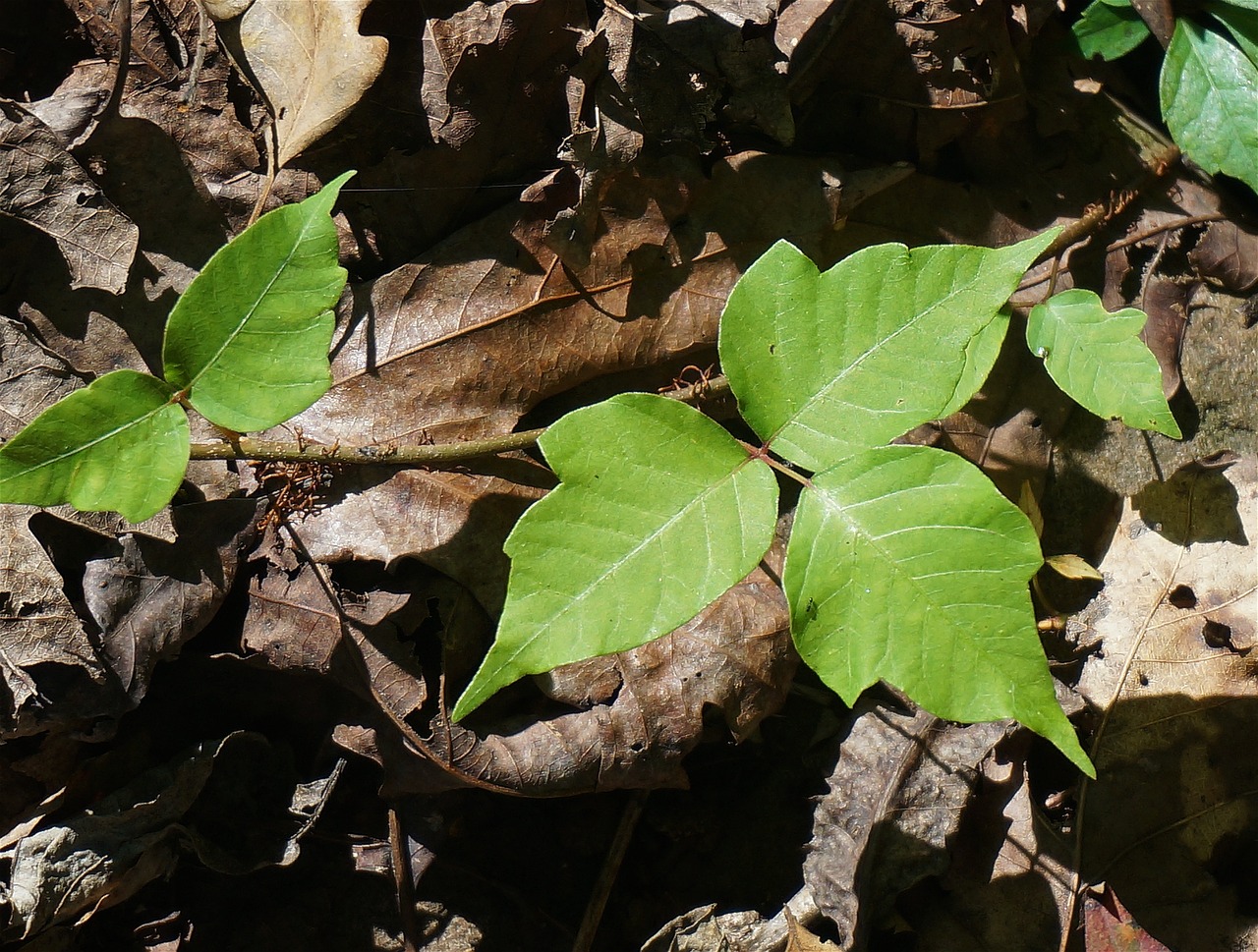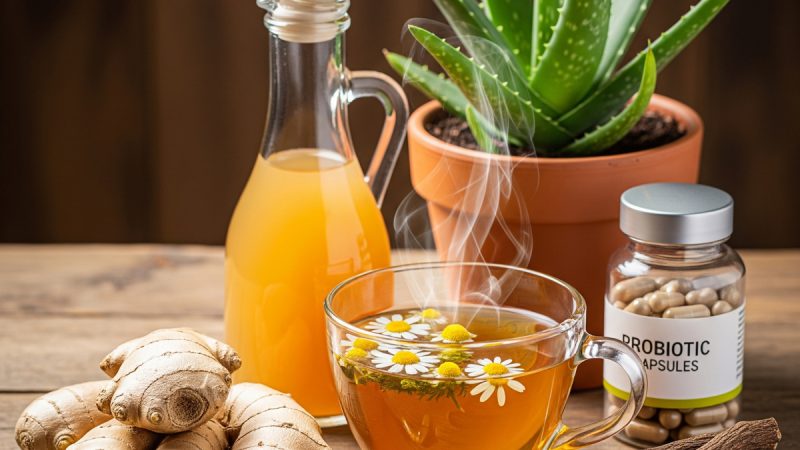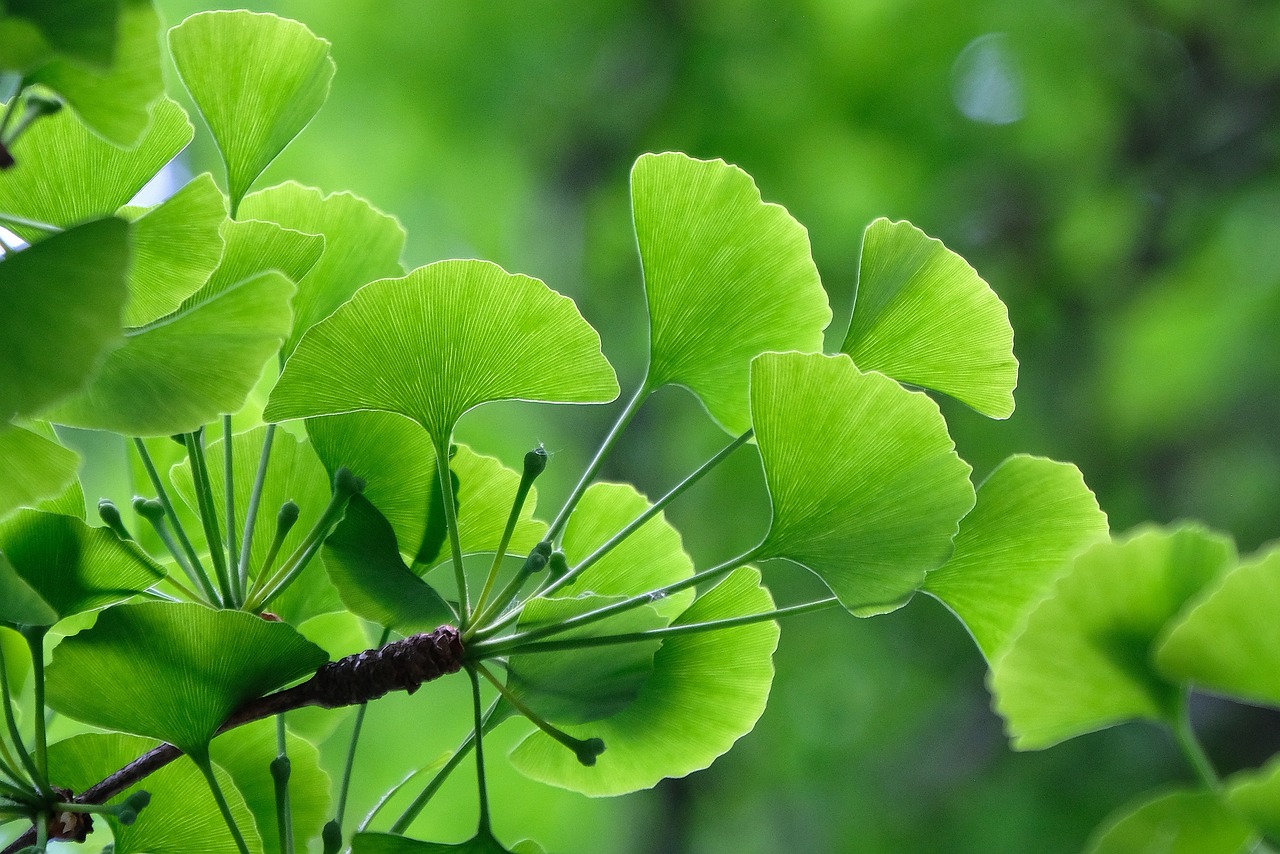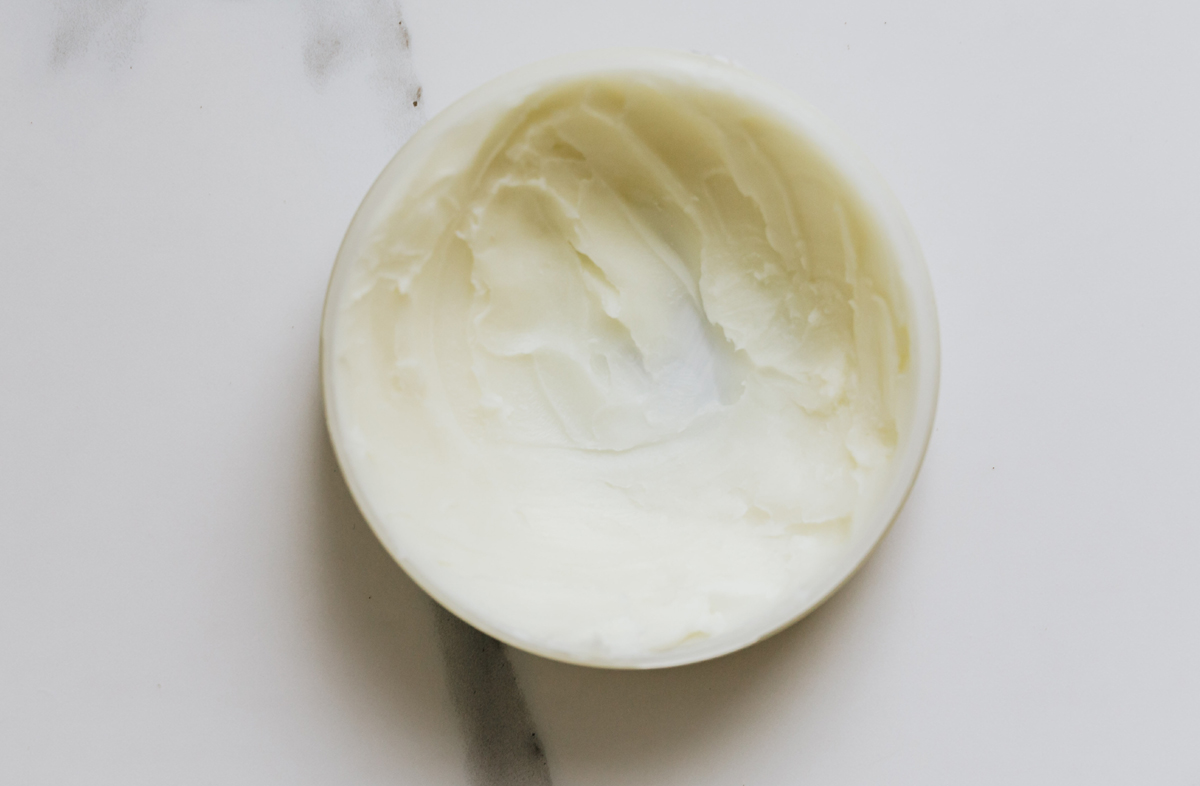Poison Ivy – How to Spot Poison Ivy

Poison ivy, poison oak, and poison sumac are the most common causes of allergic reactions in the United States. Each year 10 to 20 million Americans develop an allergic rash after contact with these poisonous plants, unless protected by clothing or a barrier skin lotion which is formulated to specifically prevent poison ivy. Poison ivy, oak and sumac grow almost everywhere in the United States except Hawaii, Alaska and some desert areas in the western United States. Poison ivy usually grows east of the Rocky Mountains and in Canada. Poison oak grows in the western United States, Canada, Mexico (western poison oak) and in the southeastern states (eastern poison oak). Poison sumac grows in the eastern states and southern Canada.
A Poison Plant Rash
Poison plant rash is an allergic contact dermatitis caused by contact with oil called urushiol. Urushiol is found in the sap of poisonous plants like poison ivy, poison oak, and poison sumac. It is a colorless or pale yellow oil that oozes from any cut or crushed part of the plant including the roots, stems and leaves. After exposure to air, urushiol turns brownish-black. Damaged leaves look like they have spots of black enamel paint making it easier to recognize and identify the plant. Contact with urushiol can occur in three ways:
Direct contact — touching the sap of the toxic plant.
Indirect contact — touching something on which urushiol is present. The oil can stick to the fur of animals or to garden tools, sports equipment and any other objects that have come into contact with it.
Airborne contact — burning poison plants put urushiol particles into the air.
When urushiol gets on the skin, it begins to penetrate in minutes. A reaction appears usually within 12 to 48 hours. There is severe itching, redness and swelling followed by blisters. The rash is often arranged in streaks or lines where the person brushed against the plant. In a few days, the blisters become crusted and take 10 days or longer to heal.
Poison plant dermatitis can affect almost any part of the body. The rash does not spread by touching it, although it may seem to when it breaks out in new areas. This may happen because urushiol absorbs more slowly into skin that is thicker such as on the forearms, legs, and trunk.
Who is Sensitive and Who is Not?
Sensitivity develops after the first direct skin contact with urushiol oil. An allergic reaction seldom occurs on the first exposure. A second encounter can produce a reaction which may be severe. About 85 percent of all people will develop an allergic reaction when adequately exposed to poison ivy. This sensitivity varies from person to person. People who reach adulthood without becoming sensitive have only a 50 percent chance of developing an allergy to poison ivy. However, only about 15 percent of people seem to be resistant.
Sensitivity to poison ivy tends to decline with age. Children who have reacted to poison ivy will probably find that their sensitivity decreases by young adulthood without repeated exposure. People who were once allergic to poison ivy may even lose their sensitivity later in life.
Recognizing Poison Plants
Identifying the poison ivy plant is the first step in avoiding the rash. The popular saying “leaves of three, beware of me” is a good rule of thumb for poison ivy and poison oak but is only partly correct. A more exact saying would be “leaflets of three, beware of me” because each leaf has three leaflets. Poison sumac, however, has a row of paired leaves. The middle or end leaf is on a longer stalk than the other two or more leaves. This differs from most other three-leaf look-alikes.
Poison ivy has different forms. It grows as vines or low shrubs. Poison oak, with its oak-like leaves, is a low shrub in the East and can be a low or high shrub in the West. Poison sumac is a tall shrub or small tree. The plants also differ in where they grow. Poison ivy grows in fertile, well-drained soil. Western poison oak needs a great deal of water, and eastern poison oak prefers sandy soil but sometimes grows near lakes. Poison sumac tends to grow in standing water such as peat bogs.
These plants are common in the spring and summer. When they grow, there is plenty of sap and the plants bruise easily. The leaves may have black marks where they have been injured. Although poison ivy rash is usually a summer complaint, cases may occur in winter when people burn wood that has urushiol on it or cut poison ivy vines for wreaths.
It is important to recognize these toxic plants in all seasons. In the early fall, the leaves can turn colors such as yellow or red when other plants are still green. The berry-like fruit on the mature female plants also changes color in fall – from green to off-white. In the winter, the plants lose their leaves. In the spring, poison ivy has yellow-green flowers.
The Author:
Learn more about how to prevent poison ivy – http://ww35.all-natural-products.net/preventpoisonivy.html








